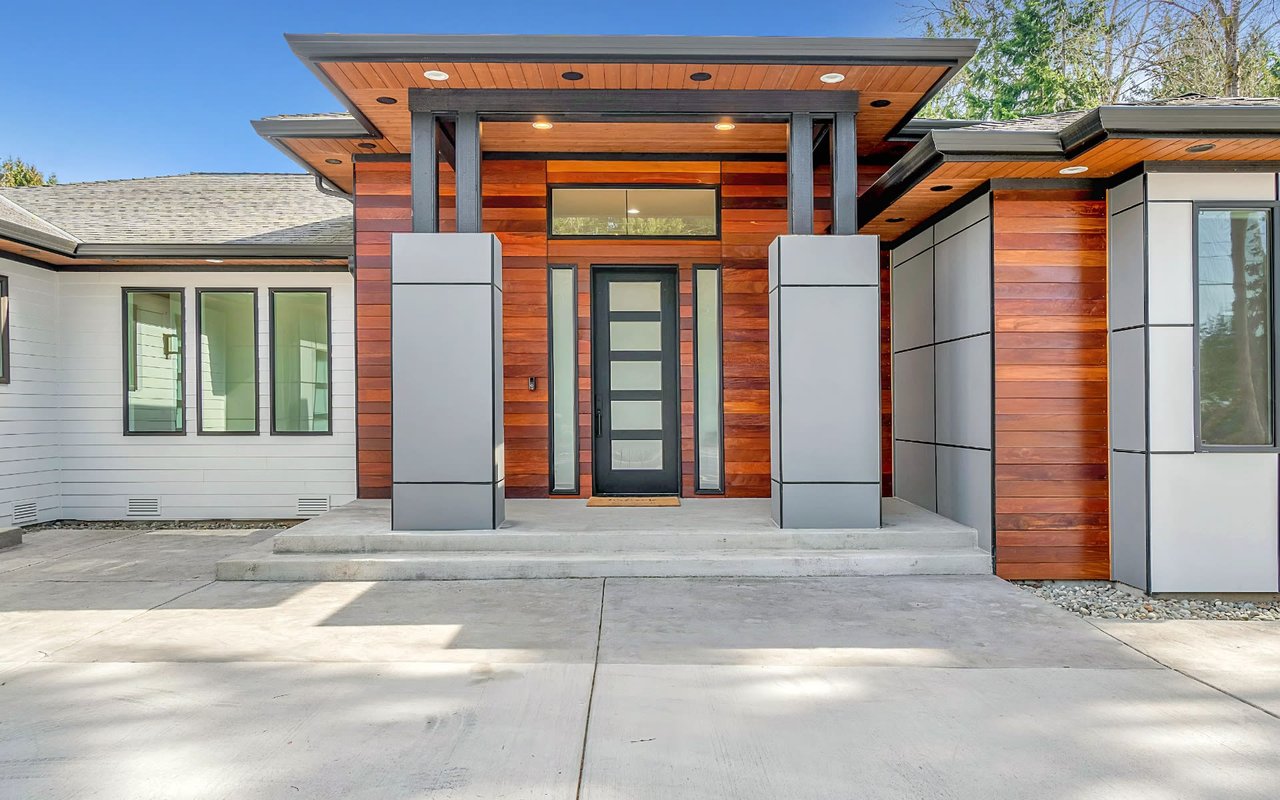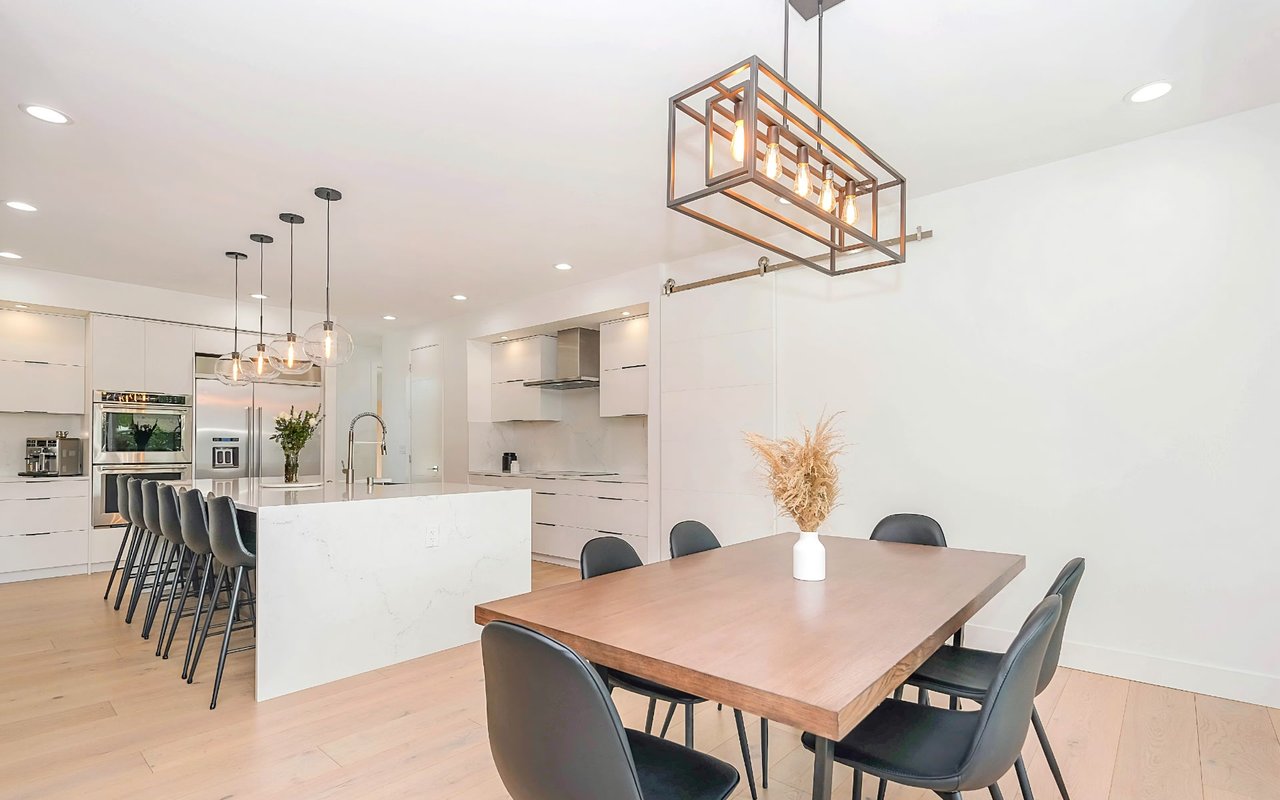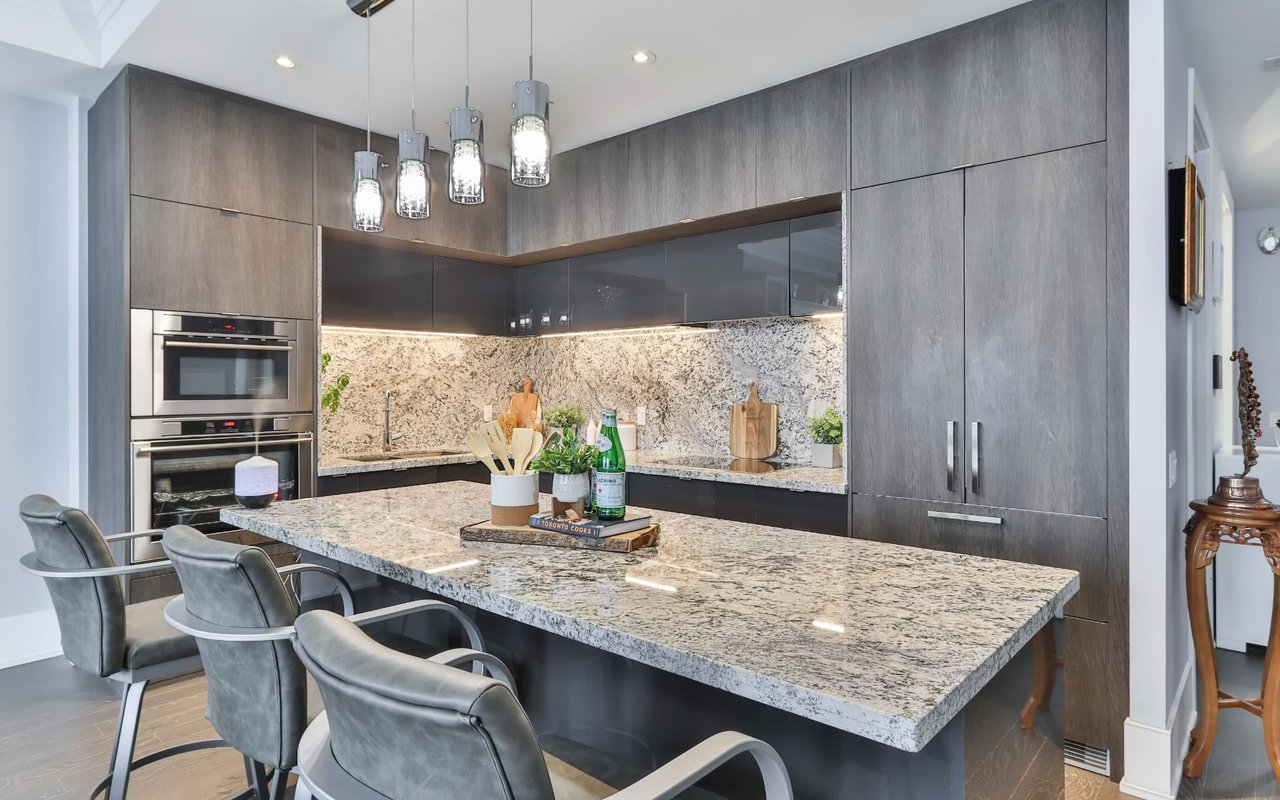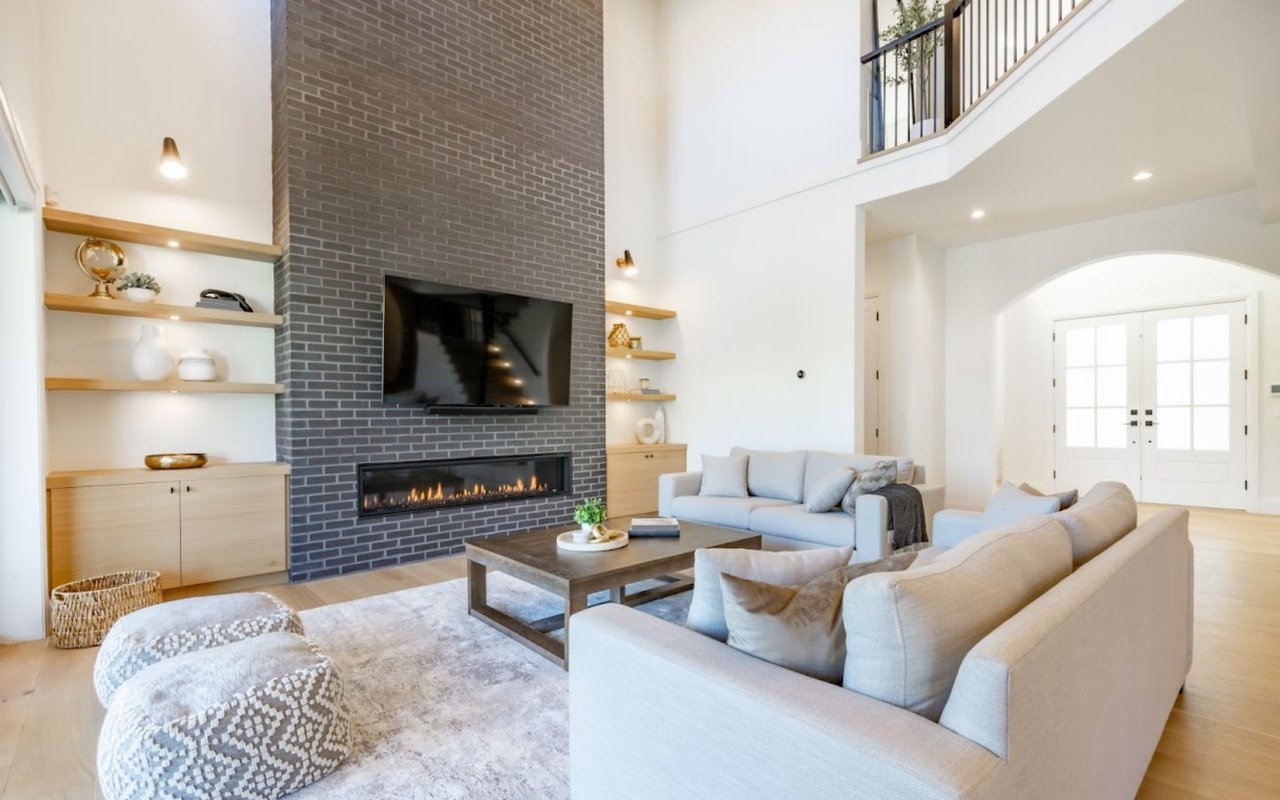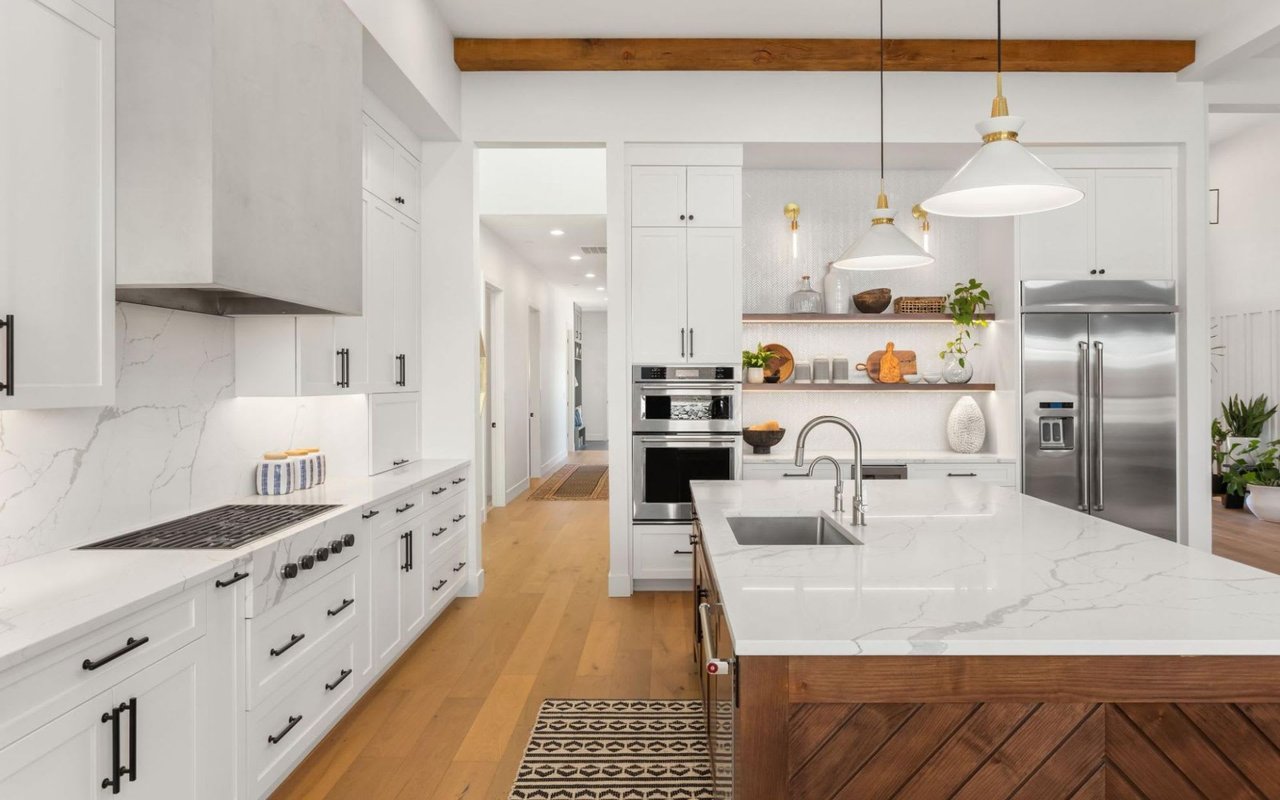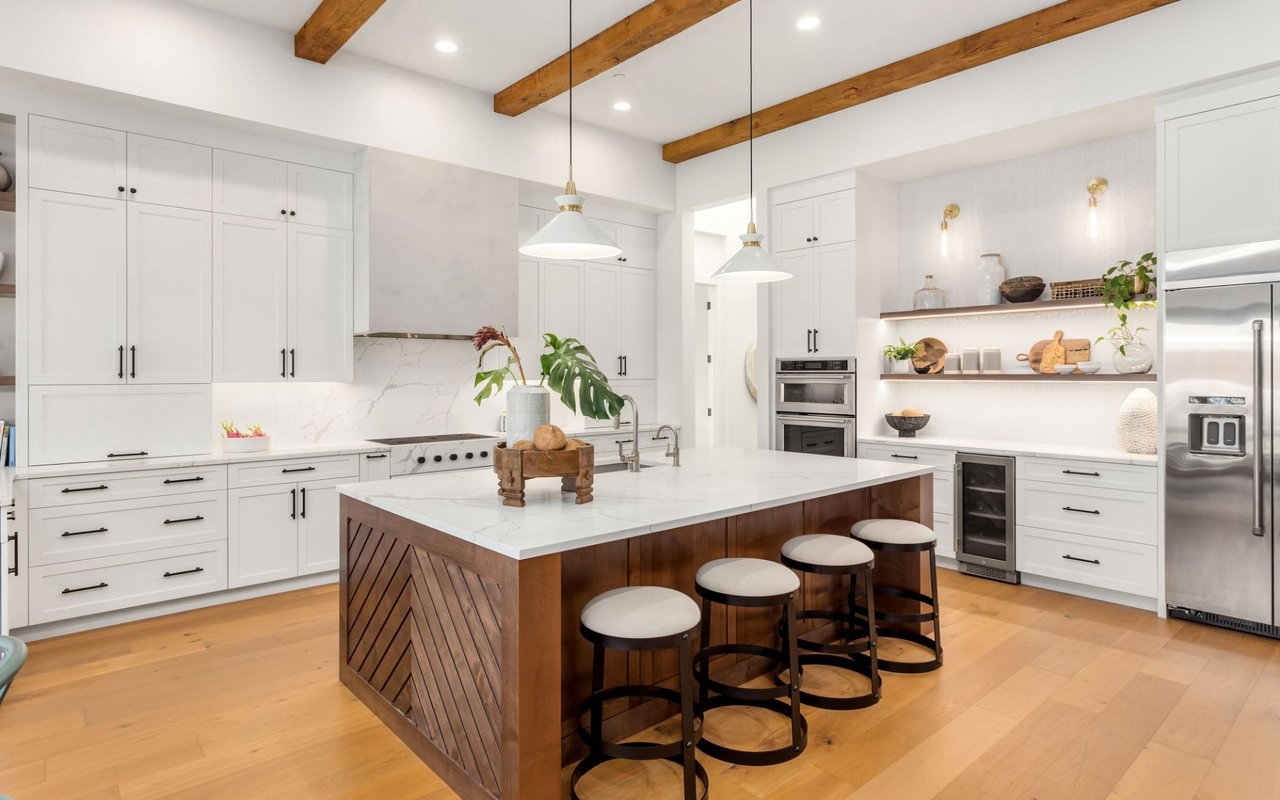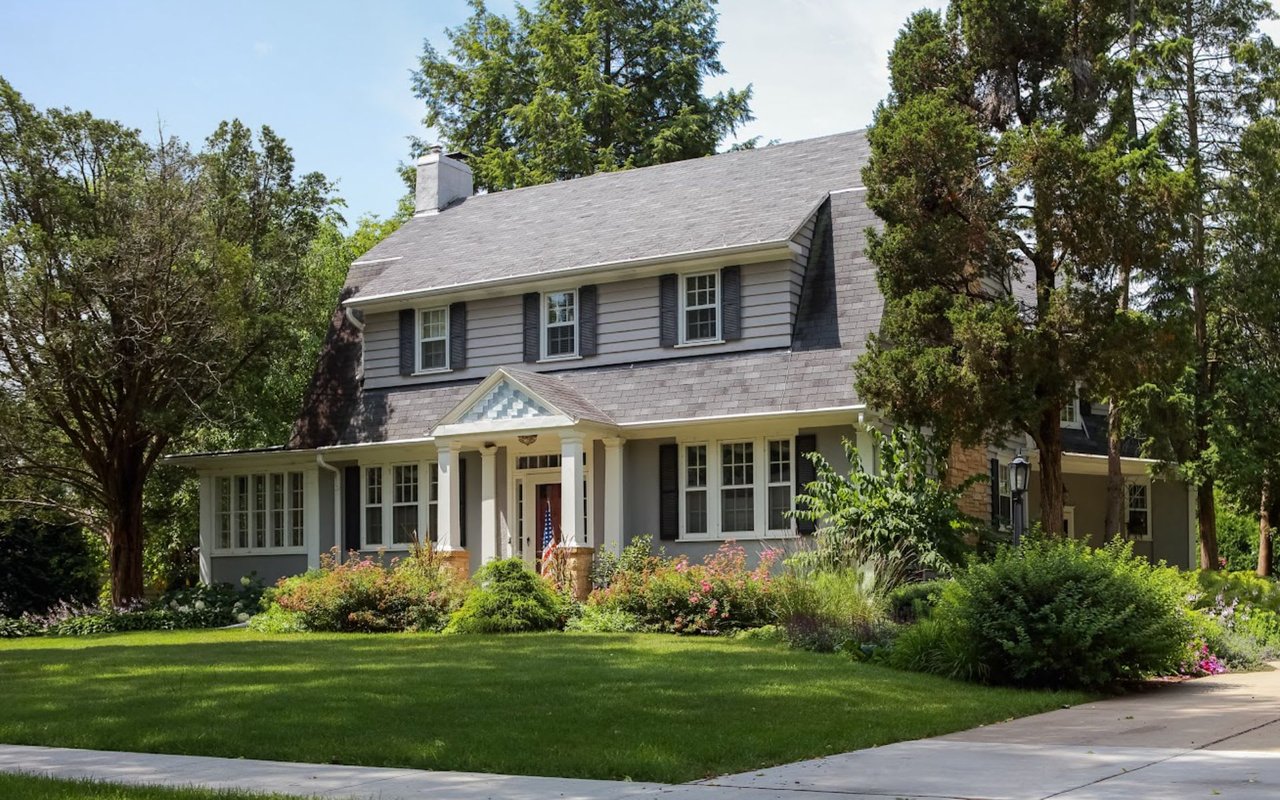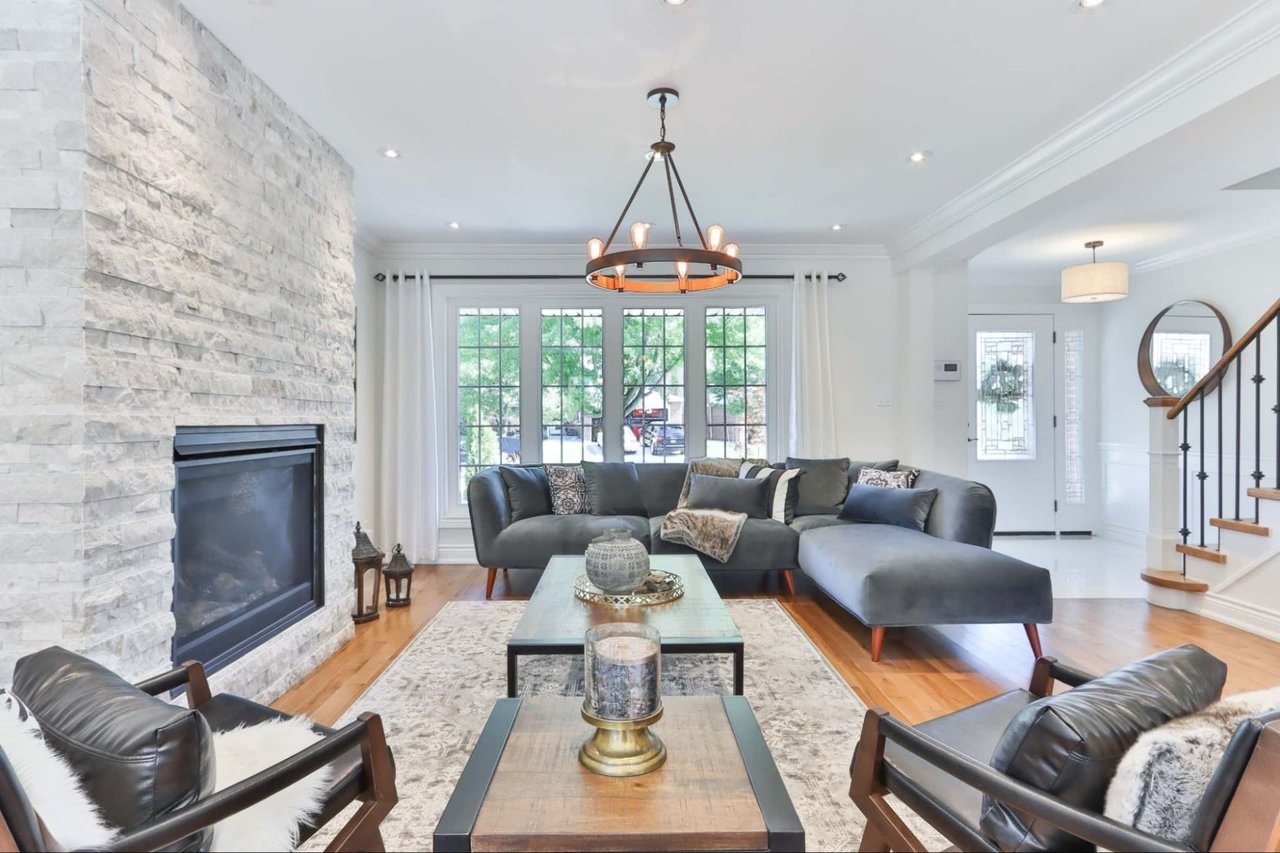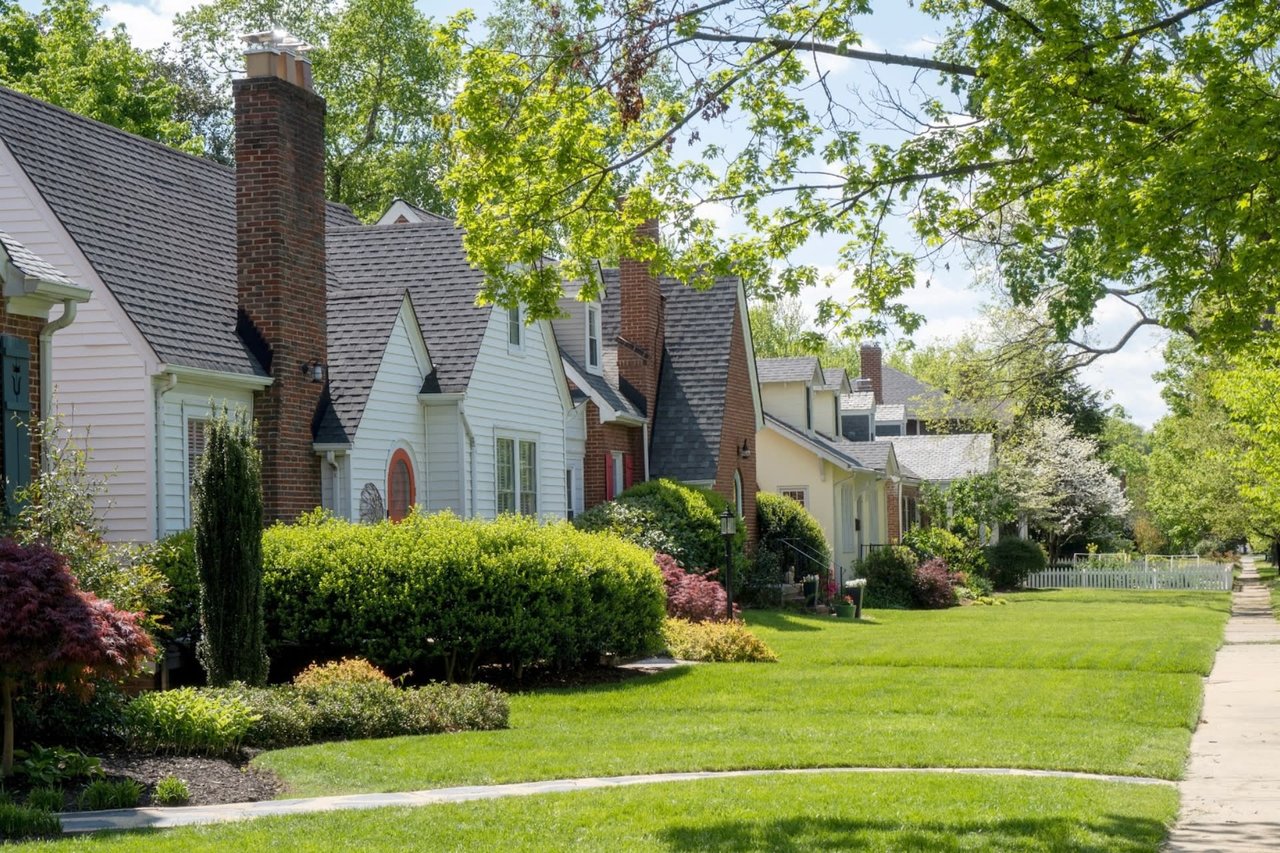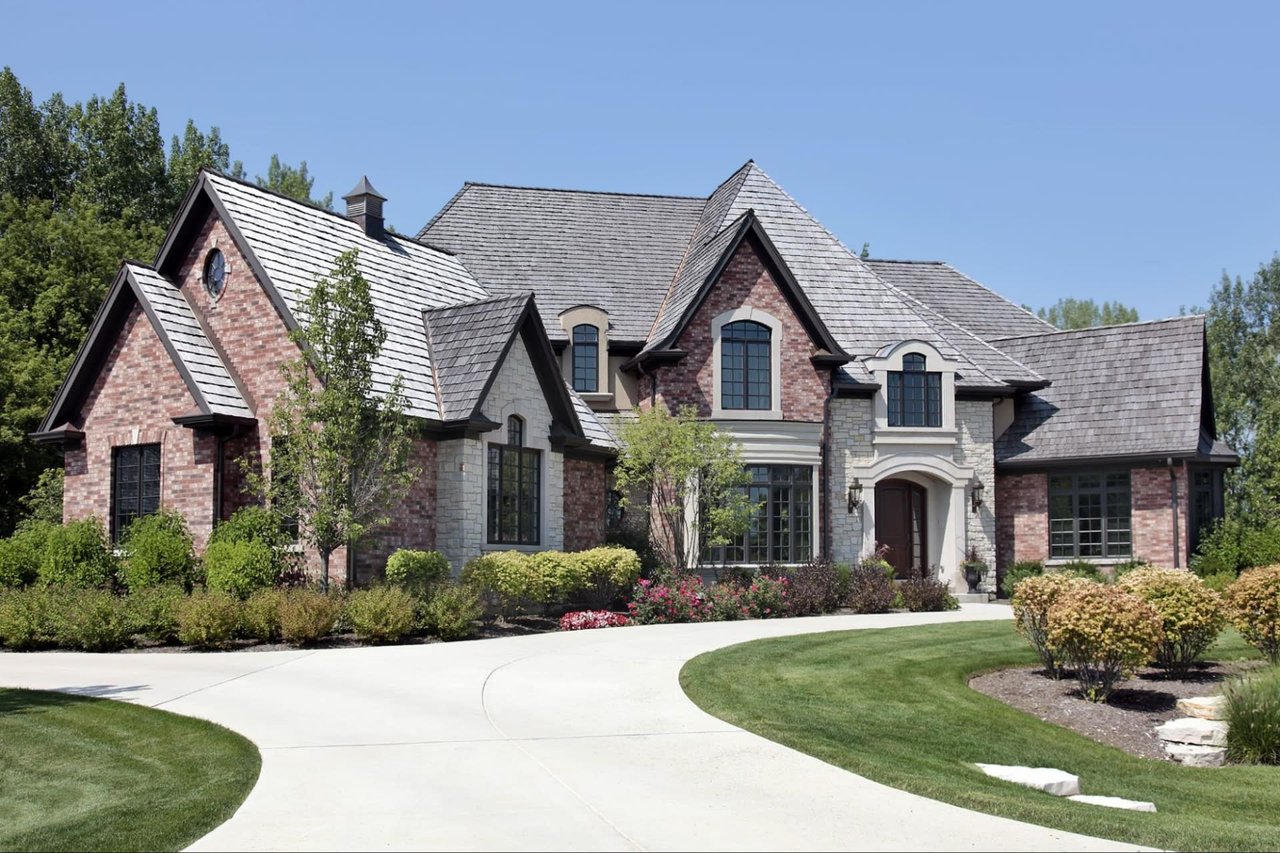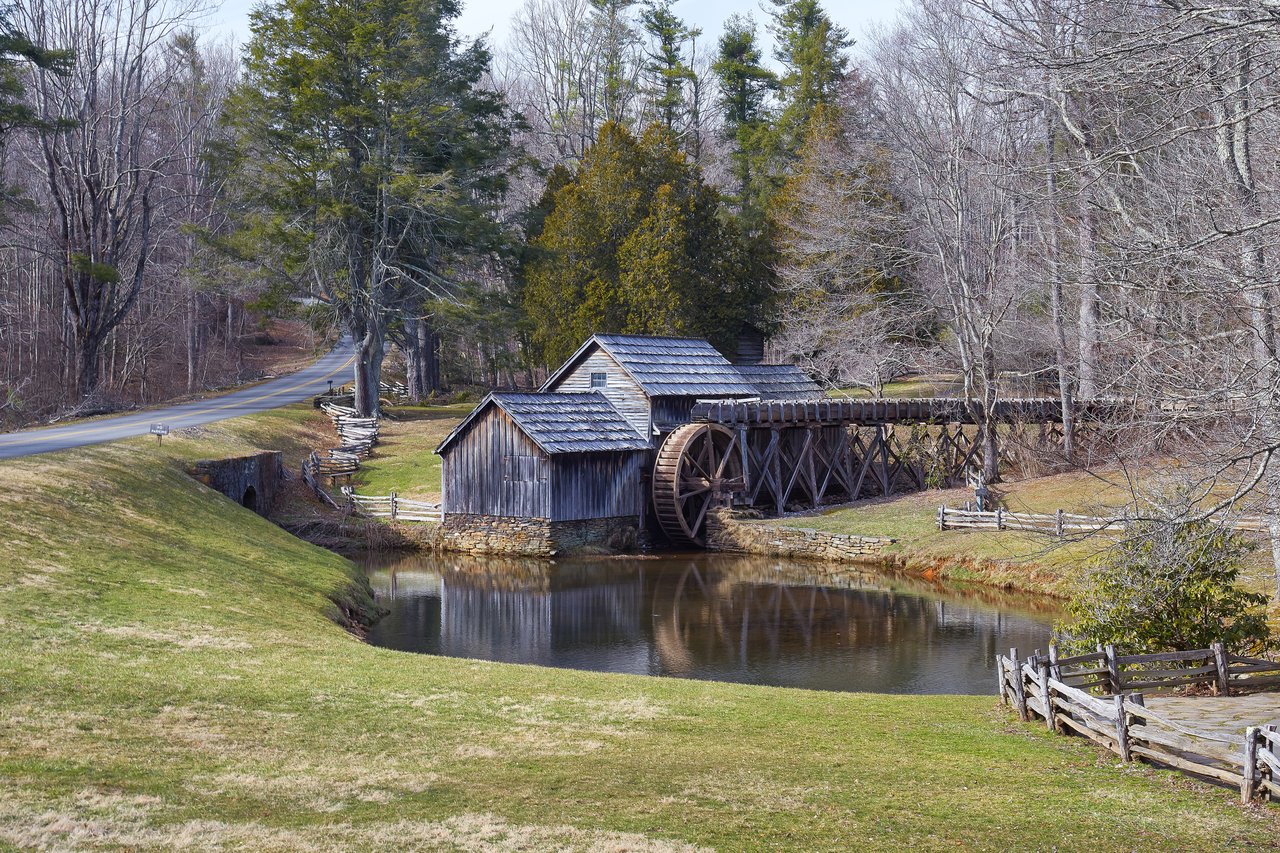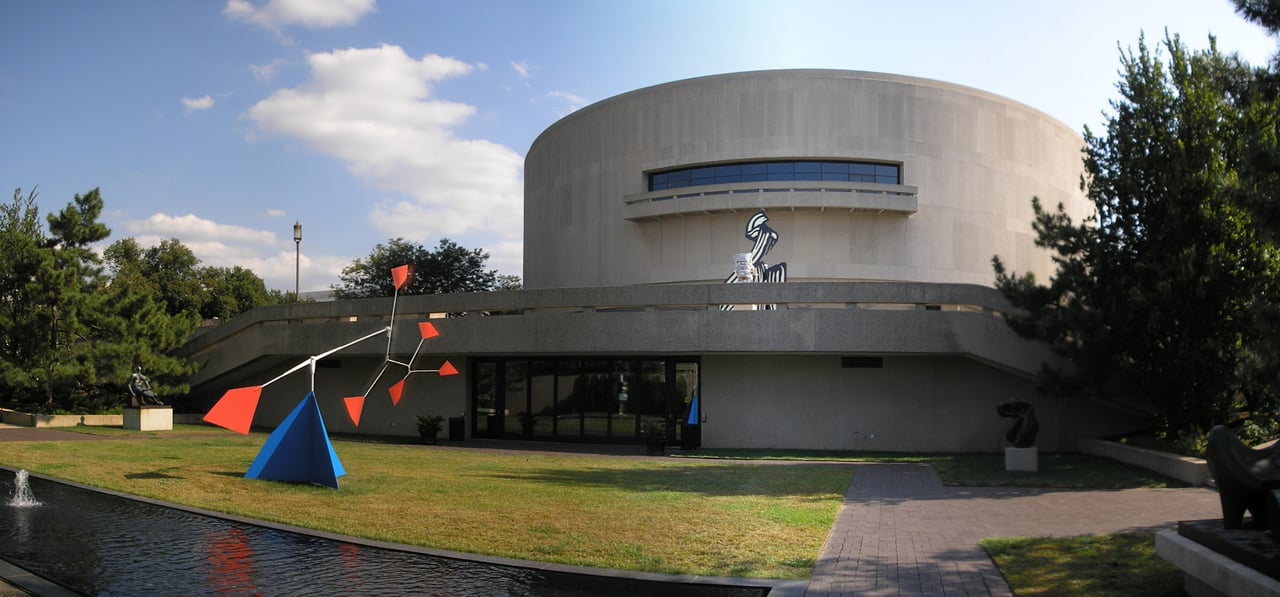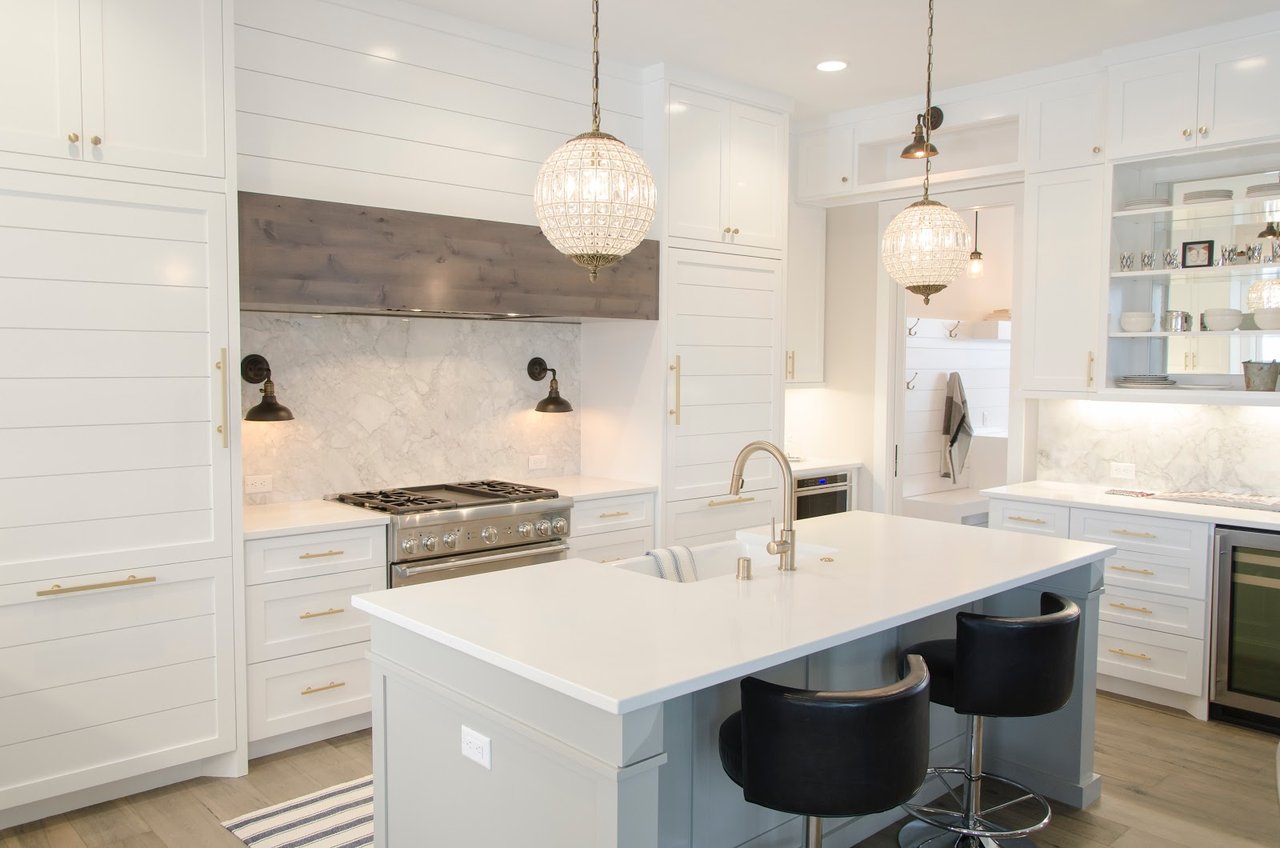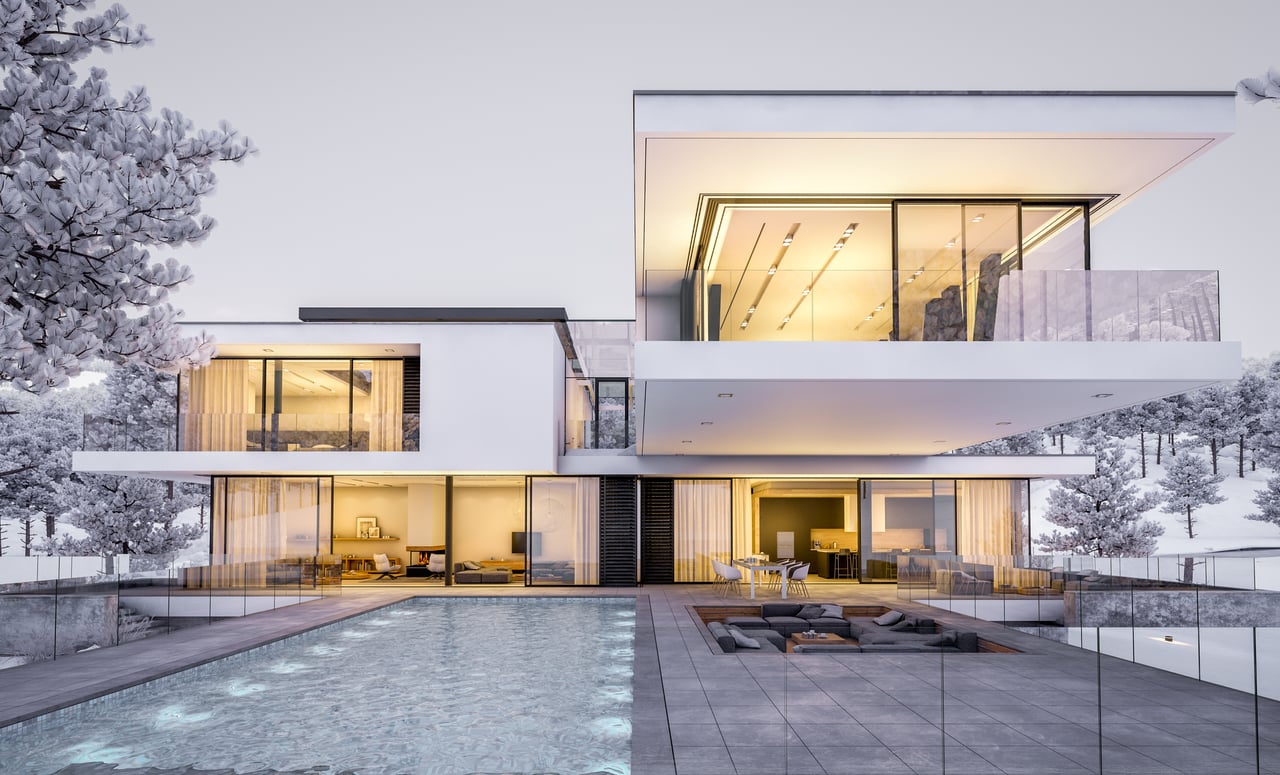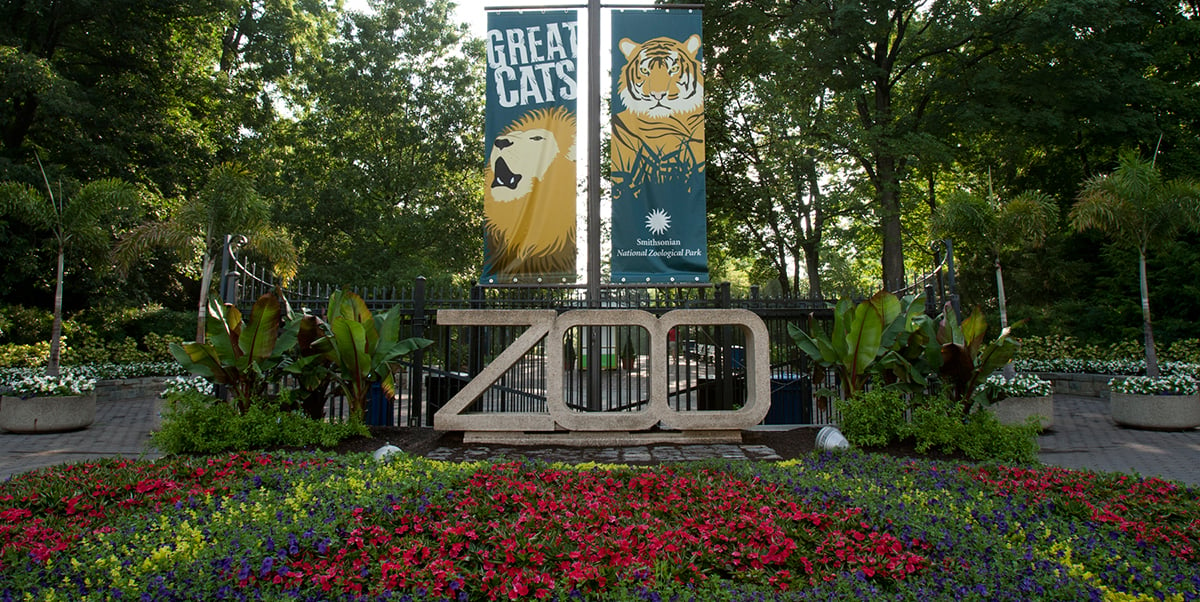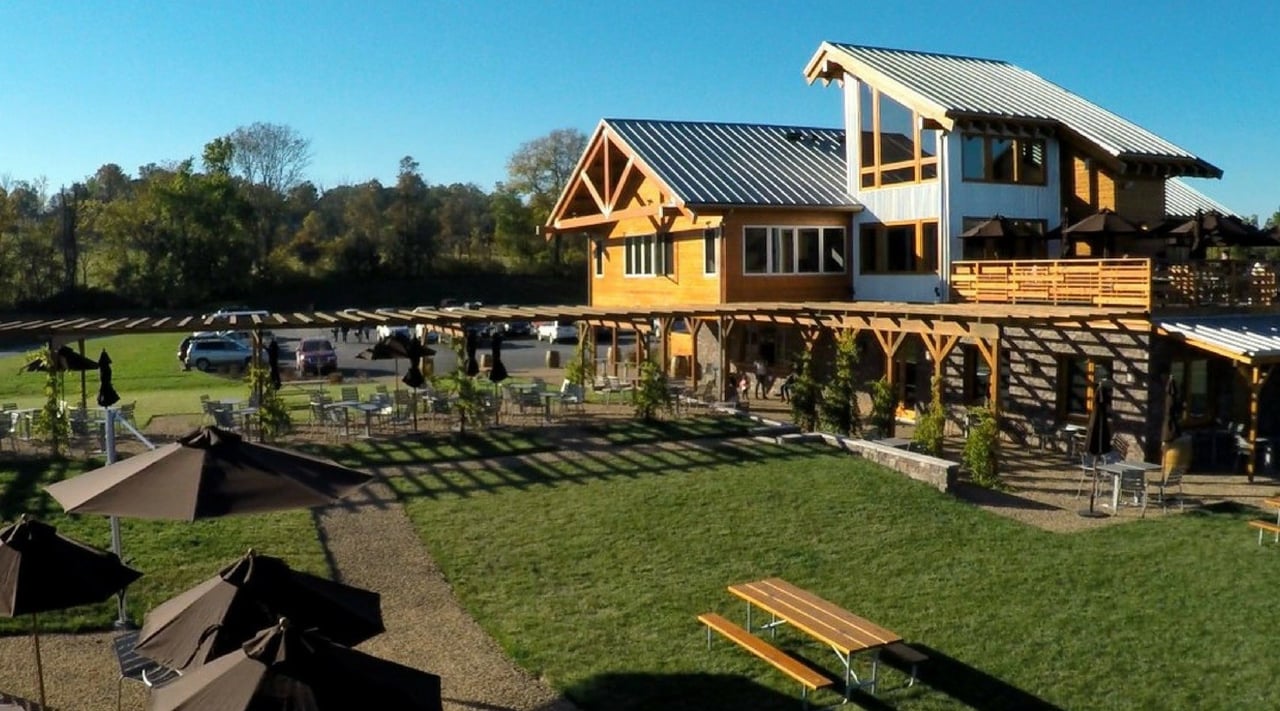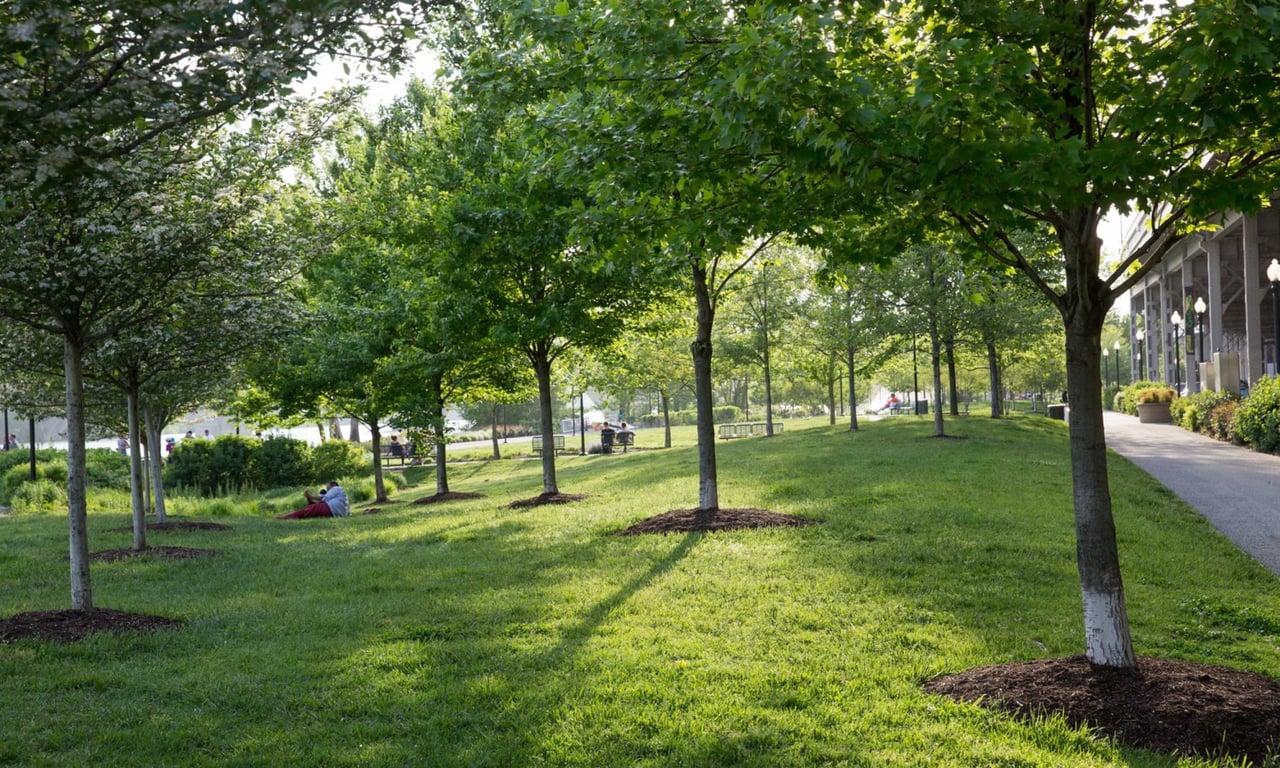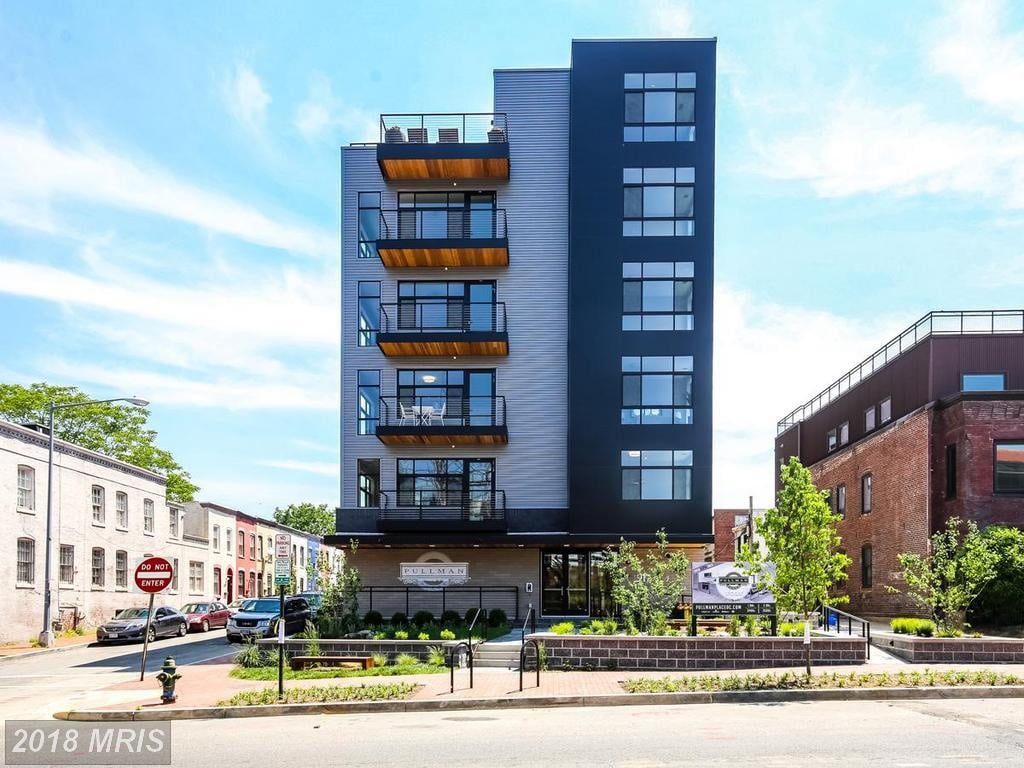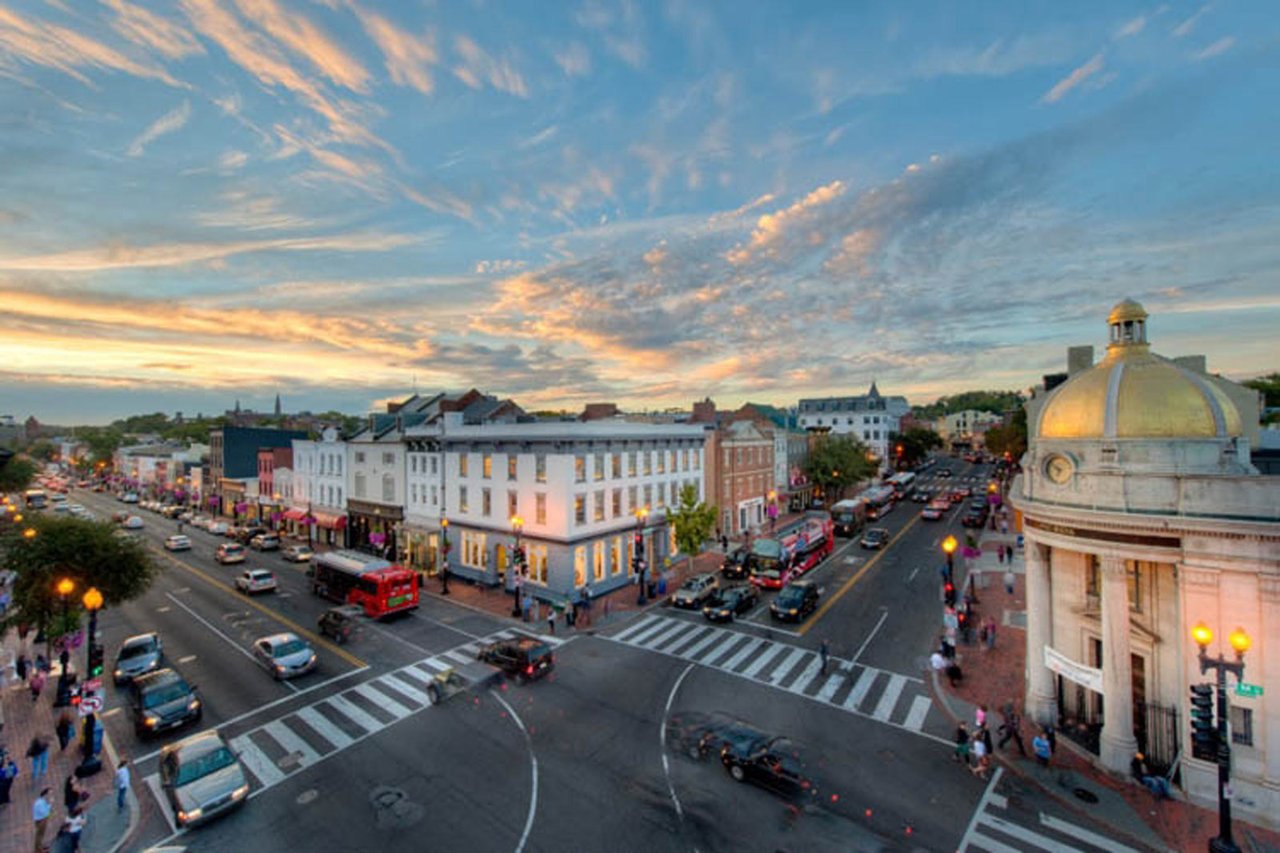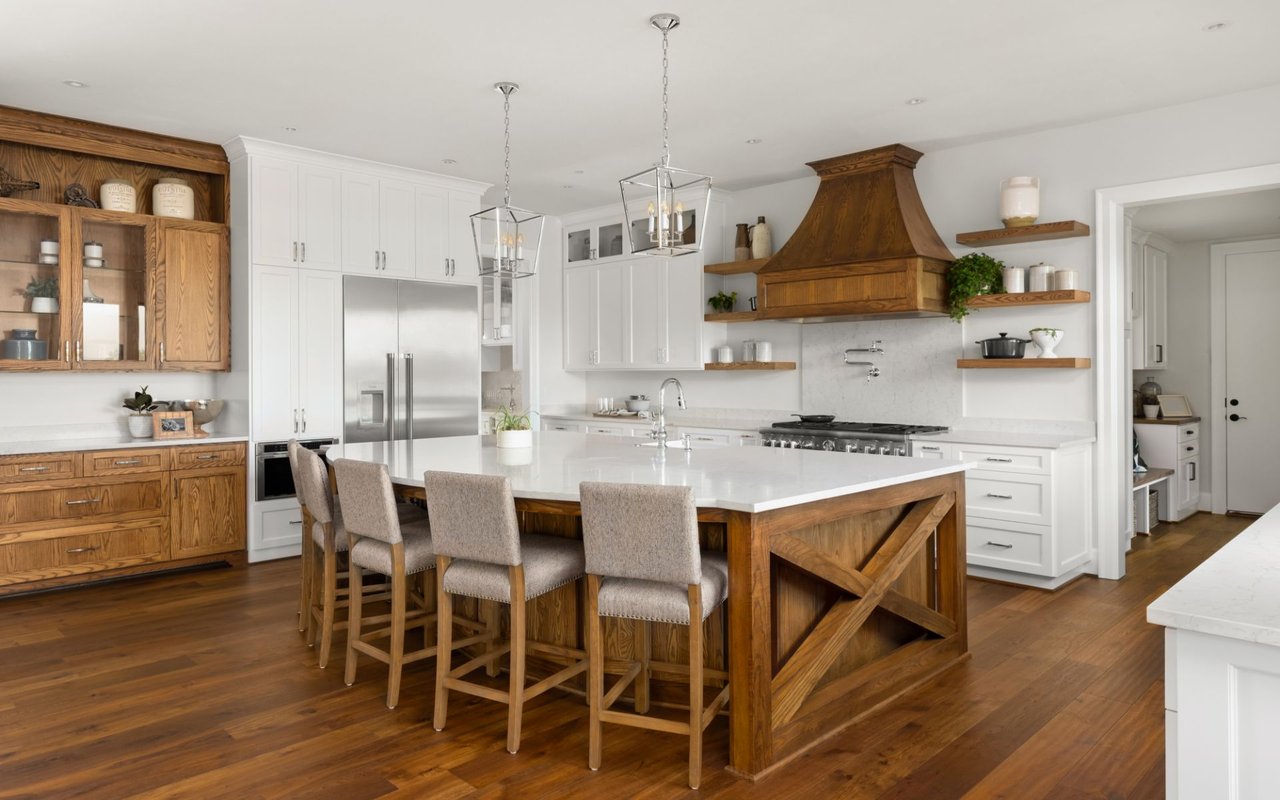FROM HIGH-TECH INNOVATIONS TO ECO-FRIENDLY MATERIALS, EXPLORE SIX TRENDS ANTICIPATED TO DOMINATE IN THE COMING MONTHS
This summer, temperatures–and the housing market–are heating up. Explore these six real estate trends to keep you up-to-date this season.
MILLENNIAL HOMEBUYERS
Adults aged 23 to 38 are the primary source of real estate interest in 2019. These burgeoning families are on the lookout for starter homes to plant their roots, and all they need is the green light. Unfortunately, home prices have crept up, so while there is increased buyer interest, the inflated housing costs have decidedly kept some families at bay.
Despite their prevalence in the housing market, many Millennials still choose to remain at home with their parents, and with real estate prices inching upwards, it’s likely to see that continue. High student loan debts and the residual impact of the 2008 recession leave options slim for some young homebuyers. Multigenerational households have become one of the few financially sustainable options for new adults and their families.
But for the independent at heart, renting may seem like the best option—especially when taking into account the desire for an experience-rich location. Cities like Nashville, Tennessee that offer a bright nightlife but maintain an at-home feel are hotspots for millennials and their families. However, houses in conveniently located, walkable areas could sway the typical renter into becoming a homeowner as well.
LOWER MORTGAGE RATES
To compete with sinking sales, mortgage rates show a decline this year, which might help boost the rate at which homes are bought. As of June 2019, mortgage rates have reached a new 17-month low, where a 30-year fixed rate could be 4.06%. Lower mortgage rates support home affordability, so the market is still viable despite sales being caught in a slowdown. New rates mean refinancing may seem desirable to some current homeowners, but new homebuyers could also benefit.
The types of family homes in high demand will only inch higher with lowered rates, so it’s a prime time to sell real estate. While it might not be the red-hot buying atmosphere of years past, the difference of a single percentage could mean saving hundreds of dollars a year for homebuyers. This might be the convincing factor for potential homeowners on the fence. Although first-time buyers may be unsettled by the volatility of the housing market, lower rates could positively impact the lifetime payback of a mortgage and make splurging for your dream home worthwhile in the long run.
ECOLOGICAL SUSTAINABILITY
The current emphasis on sustainability in regards to our resources is especially prevalent with respect to home spaces. Expect real estate to reflect this active social focus on clean, green energy options. For years, sustainable practices have been newsworthy in real estate, but with the United States leaving the Paris Agreement last year and climate change still a buzzword in the press, it remains pertinent to our buying climate.
More than anything, people are talking. Although green energy features in a typical household may initially cost more upfront, there is a rising demand for renewable resources and sustainable practices commercially and at home. Some buyers might be interested in zero-energy housing, where the home creates renewable energy equal to its consumption, but for the more casual conservationist, simple changes–like incorporating Smart Home technology such as wirelessly accessible thermostats to regulate indoor temperatures–could do the trick.
The wave of energy efficiency pays off despite its initial price tag, often allowing owners to save their money in the future while remaining conscious of their carbon footprint. And if you’re selling, these features can be points working in your favor. It’s a win-win-win for buyers, sellers, and planet earth.
TECH TALK
An online presence seems to be a growing necessity with real estate. In part, this is a reaction to the demographic of homebuyers previously mentioned: millennials. It seems that the overarching social trend is catering to convenience, and few things are more convenient than being able to shop for a pristine piece of Washington, D.C. real estate at a whim. Online information is an irreplaceable accommodation for shoppers that isn’t going away any time soon.
Selling a house online requires an excellent online presence. The internet is swarming with information, so listings must stand out to potential buyers. High-quality images, video footage, and an attention-grabbing presentation are all musts if you’re in the market of selling.
SECONDARY CITIES
Because renting prices in big-name cities are often more accommodating to potential buyers on a budget, those looking to own their own home are likely to start searching in secondary cities and their suburbs for the perfect house. Cities close to the action of an urban powerhouse offer nearby amenities without such steep prices, making them attractive to some potential homeowners. Sometimes it is the oldest house on the market that has the most charm.
These key markets could be the break for which potential homebuyers are looking. These bedroom communities and commuter towns burst with living color and personalities of their own, which make them appealing to homeowners seeking lively communities to join. For example, stunning Bethesda real estate treats homebuyers in close proximity to the heart of Washington, D.C. with a tree-lined arts district and a healthy dose of charisma.
BETTER, NOT BIGGER
Size isn’t all that matters–especially with new buyers. Amenities appear to be a key component in homeownership for young buyers as more millennials surge into the housing market. While the phrase “tiny home” isn’t as prevalent as it used to be, the sentiment remains. Small footprint houses aren’t a turn-off for potential buyers if the accommodations are appropriate. It doesn’t matter whether these houses are in the suburbs or the heart of an urban center if a home offers a fully functional lifestyle with convenient access to in-town conveniences.
Perhaps this is a byproduct of the increased housing costs, or perhaps it is a side effect of the emphasis on sustainable living. Regardless, current homeownership isn’t defined strictly by size, but rather by everything else a space has to offer.
It’s hard to predict the future. Life is constantly shifting and adapting, and real estate often reflects these changes. Everything from the number of millennials hoping to switch from renting to owning homes to the types of cities people move to impact the housing market. If you’re ready to buy or sell Nashville real estate, contact me today. It would be my pleasure to assist and advise you throughout the entire process.

